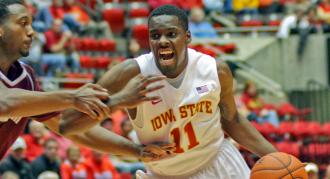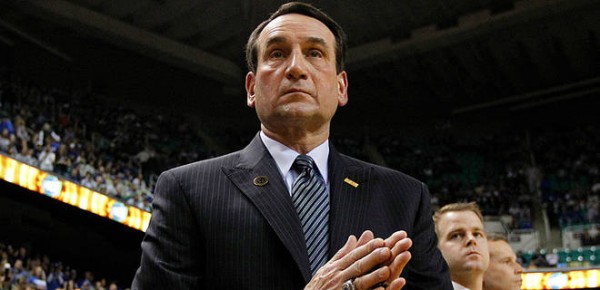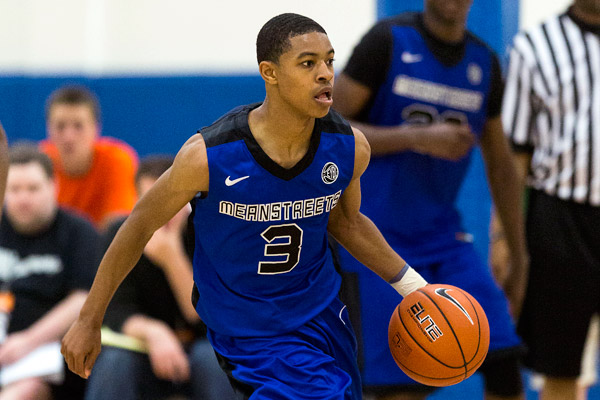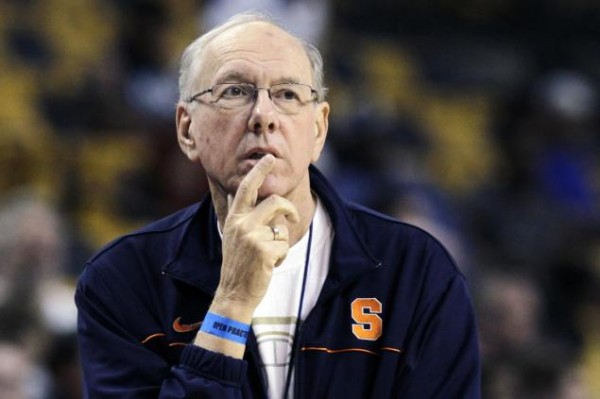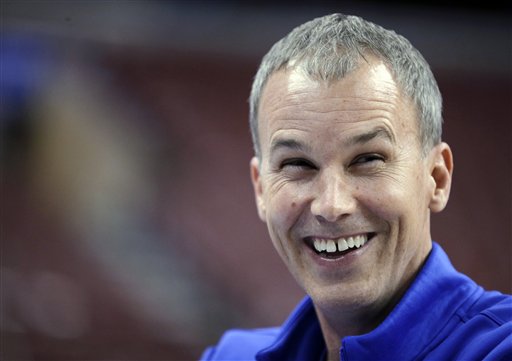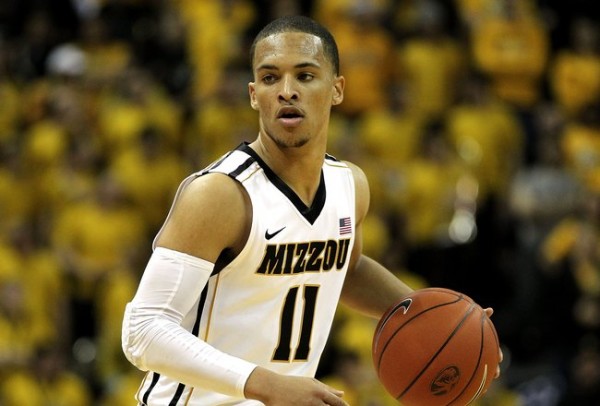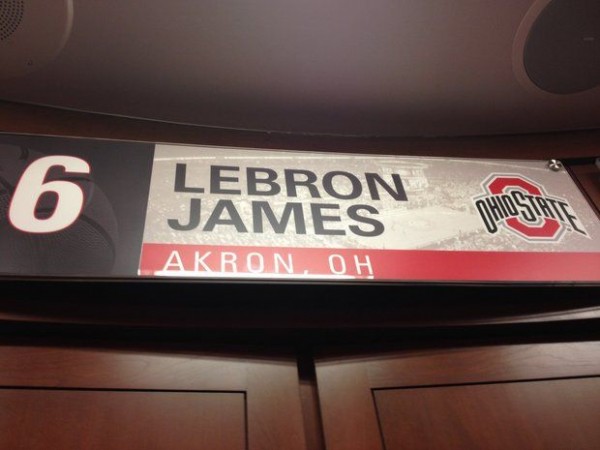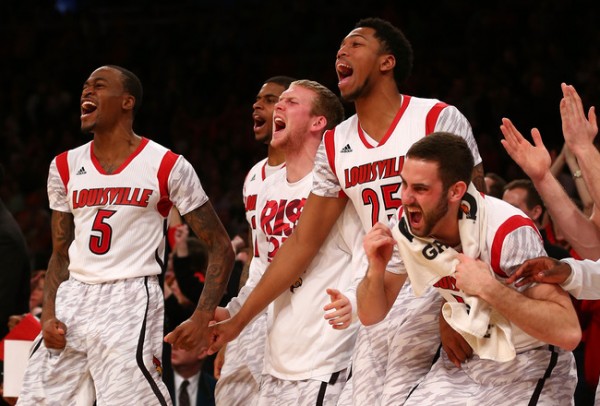Is Coach K’s ‘no exception’ suggestion for transfers a good one?
Posted by Chris Johnson on September 17th, 2013Chris Johnson is an RTC Columnist. He can be reached @ChrisDJohnsonn.
In a college basketball offseason that gave us P.J. Hairston’s rather odd fascination with rental cars, Brad Stevens’ sudden move to the NBA, and not much else to talk or write about, institutional issues do a pretty good job filling in the gaps. The number one topic this summer, other than the larger debate on amateurism – which is more a college sports issue writ large, baked in with Johnny Manziel controversy, than strictly a college basketball issue – has been transfer waivers, and the perplexing nuances therein. The practice of allowing players to switch schools without sitting out a season before regaining eligibility has come under intense scrutiny of late thanks to a couple of baffling cases. The first involved FIU’s Rakeem Buckles, whose petition to follow former FIU coach Rick Pitino to Minnesota, and escape the postseason ban placed on the Panthers due to low academic progress rate scores registered during the regrettable Isaiah Thomas era, and be eligible to play immediately was flatly denied by the NCAA. The denial was puzzling on several fronts, most notably the inability to reconcile the NCAA’s decision with FIU’s academic-related postseason ineligibility, a condition that has typically lead to favorable transfer rulings in the past – including just this summer, when Malik Smith, a former FIU teammate, was granted a waiver to play right away at Minnesota. Then there was the Kerwin Okoro case, which was resolved last Friday, when the NCAA granted the Iowa State transfer the right to play this season at his new home (Rutgers) after losing his New York-stationed father and brother over a two-month span last winter.
The decision to allow Okoro to play immediately seemed like an obvious decision. Of course, two family deaths in an abbreviated time period meets the standard of hardship the NCAA must assess before granting immediate eligibility. But the fact the organization needed this long to clear Okoro, and actually went as far as to deny his request in the first place, is a perfect distillation of the cognitive dissonance that modern transfer culture, unwittingly or no, inspires. It’s gotten so bad, that arguably the most powerful voice in college basketball – and one of the most powerful among all levels of basketball, full stop – wants a wholesale restructuring of the way transfer cases are adjudicated. Instead of allowing the NCAA to function in this sort of uncomfortable moral arbiter role, drawing distinctions on the severity of the different hardship cases that pass through its office, Duke coach Mike Krzyzewski wants every case to be treated the exact same way: “no exceptions“.





























